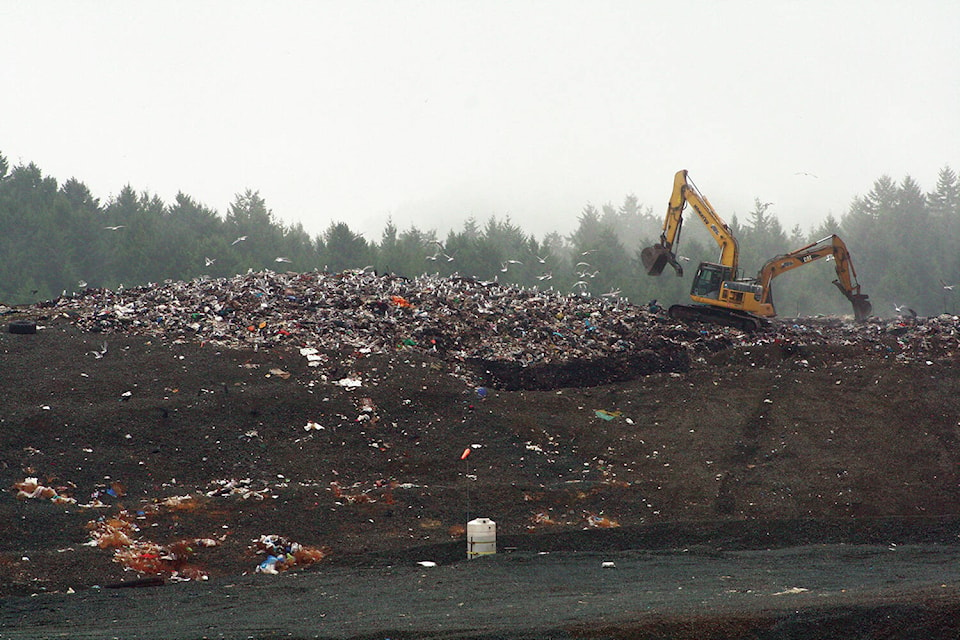The Capital Regional District plans to take a deeper dive into cutting organic waste in the landfill – where it’s actually been outlawed for several years.
While the Environmental Services Committee recommended to its corresponding CRD board to stay the course on its organics diversion as outlined in the 2021 solid waste management plan, director Jeremy Caradonna hoped to see a stronger push.
When the Victoria councillor didn’t find support for that firm path during the October committee meeting, he chatted with peers, went back, and crafted a new approach to pitch to the board on Nov. 13.
Seven of the 13 CRD municipalities don’t offer any curbside organics collection. The six communities that do, service only single-family homes, leaving multi-family buildings or businesses to hire a private provider.
On direction from the board, CRD staff provided information on how to mandate separation of curbside collection and diversion of organics. Regulating and managing a region-wide curbside organics collection service could be done through the adoption of a bylaw but would require amending the existing solid waste management plan, noted a staff report. Proposed amendments would require consultation with stakeholders and provincial approval.
The board readily approved the most recent committee recommendation to truck along on the 2021 plan.
Implemented this year, the plan includes incentivizing haulers to collect multiple kinds of waste with a reduced tipping fee rate if they offer services that ensure organics and recyclables aren’t thrown in with garbage.
Seven of the 13 CRD municipalities don’t offer any curbside organics collection and the six communities that do only provide the service to single-family homes. That leaves property owners of multi-family buildings and businesses in every community to decide whether they’ll hire a private collector to haul away the organics.
Caradonna had previously sought mandatory separation as practised in Nanaimo. That would require a bylaw to make it mandatory for multi-family and industrial, commercial, and institutional owners who do not receive municipal collection services to provide separate containers for garbage, recyclables and organics. The idea failed on a tie vote at the committee level.
Caradonna found support for the re-crafted push as a motion arising at the CRD board on Nov. 13, calling for staff to look at ways to accelerate the reduction of organic landfilling at Hartland in Saanich.
He noted while the CRD banned organics from the landfill in 2015, the region continues to send organics to the tune of 17 per cent of the total volume going to Hartland every year – a number pulled from the 2022 CRD waste stream composition study. The next study is scheduled for 2026.
“We are putting in 28,000 tons of organics into our landfill every year, which has a GHG (greenhouse gas) impact but probably, more importantly, is accelerating the rate at which we’re filling up our landfill which has a massive cost implication to the region,” Caradonna said.
He noted there may be an opportunity to be more ambitious and divert more to Fisher Road in the Cowichan Valley, where organics are composted and sold to farmers and landscapers.
The new approach – to have staff look at ways to accelerate the reduction of organic landfilling – found unanimous support around the table.
Director Colin Plant, a Saanich councillor, added the amendment to have staff report back to the environmental services committee.


